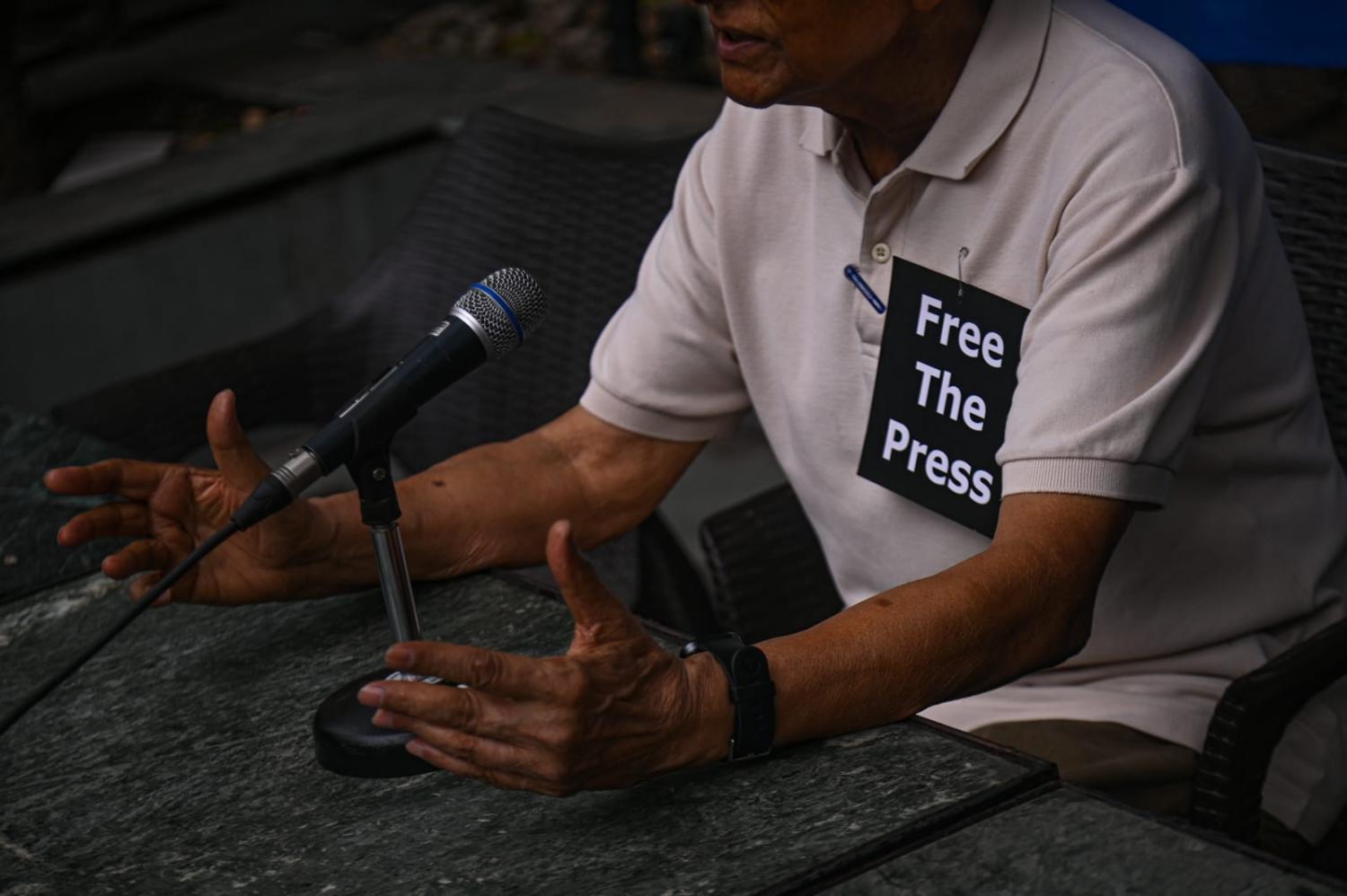As India goes to the polls to consider re-electing the Bharatiya Janata Party of Prime Minister Narendra Modi, the country’s reputation as the world’s largest democracy is looking increasingly shaky.
Australian journalist Avani Dias, the India correspondent for the ABC since January 2022, has revealed she is the latest foreign correspondent to fall foul of the government. Dias says she was forced to abruptly leave the country, after a government official told her she’d crossed a line with reporting a Sikh separatist story, which aired on the ABC’s Foreign Correspondent, and her podcast, Looking for Modi.
The Indian government has denied the claims that it had made it difficult for her to cover the general elections and delayed her visa. The ABC will replace Dias shortly, with ABC South Asia Correspondent Meghna Bali already in Delhi.
But the furore over Dias is just another in a long list of actions taken by the Indian government against journalists, particularly those who provide anything less than coverage supportive of Modi and the Bharatiya Janata Party.
Although the election results won’t be declared until June, Modi is expected to be re-elected, continuing a prime ministership that has been marked by an escalation of nationalist fervour, not only within the country but extending abroad. Hindus represent about 80 per cent of India’s population, and while the values of secularism and religious tolerance are enshrined in the country’s constitution, the rise of nationalism under Modi has increased tensions between Hindus and religious minorities. India’s large Muslim community suffered most from a resurgence in communal violence.
Some analysts also argue the alleged Indian government involvement in the assassination of a Canadian/Indian citizen in Canada, along with a failed plot in the United States, demonstrate a general belief that the country’s rulers can act with impunity. Add to this the revelations this week about the discovery in 2020 of India setting up a “nest of spies” in Australia.

Media polarisation
The media landscape in India is huge, with more than 100,000 newspapers and 380 TV news channels. The Indian press had been seen as progressive, but an increased concentration of ownership by those supportive of Modi’s government has made it a difficult environment for the objective journalism central to democracy to exist.
The media is polarised with a clear divide between Indian nationalist media and those who are characterised as anti-national media. Journalists considered too critical of the government are subjected to harassment by Modi devotees, known as bhakts.
The Committee for the Protection of Journalists has noted a record number of journalists being arrested or facing criminal charges since the last election and news outlets targeted by government raids for tax evasion. Journalists across the country have reported that their work has been censored, editors have been forced to resign, and formerly independent news outlets have been bought by politically connected conglomerates.
Foreign news outlets have also faced increasing control over their reporting. Two BBC offices were raided by tax authorities after a broadcast that examined Modi’s role in the 2002 riots in Gujarat in which almost 800 Muslims were killed. At the time, he was the state’s chief minister.
Several foreign journalists working in the country have had their right to work as journalists cancelled after producing reports critical of the government. French journalist Vanessa Dougnac said she was forced out of the country in January after 22 years because her reports were considered to be creating a “biased negative perception of India”.
Despite constitutional guarantees in India to freedom of speech and expression, Reporters Without Borders dropped India’s press freedom rank to 161 out of 180 countries in 2023 – a fall of 11 places from the year before. The atmosphere for journalists covering the general elections this year is so toxic that the Committee for Protecting Journalists has headlined a story about the polls, “Journalists brace for attacks during India election”.
Deep fakes and violence
A particularly troubling feature of this election is the deep fakes generated by artificial intelligence that are dominating the social media in India and leading to violence.
In 2020, riots in Delhi left dozens of journalists injured or harassed, and many reporters fear that they will not get adequate protection from their editors if sent to dangerous assignments.
Just this week, the Indian Home Affairs Minister was forced to play a real video and the doctored one to the media to help clear the air after a deep fake video went viral saying the opposite of what was actually said.
Foreign correspondents in trouble
Of course, Dias’ removal from India is hardly the first time an Australian journalist working as a foreign correspondent has found themselves unwelcome.
It was just a few years ago when the ABC’s Bill Birtles and the Australian Financial Review’s Mike Smith and their families were spirited out of China amid diplomatic tensions. It left Australia without any journalists in China for the first time in nearly 50 years.
Foreign correspondents are not sent to another country to act as cheerleaders for the place they temporarily call home. They are there to report for Australia, and Australians.
For that reason, it was heartening to hear the ABC’s managing director, David Anderson, say the national broadcaster continues to believe strongly in the role of independent journalism across the globe and freedom of the press outside Australia.
It’s important that the ABC remains funded to do that vital international work.

